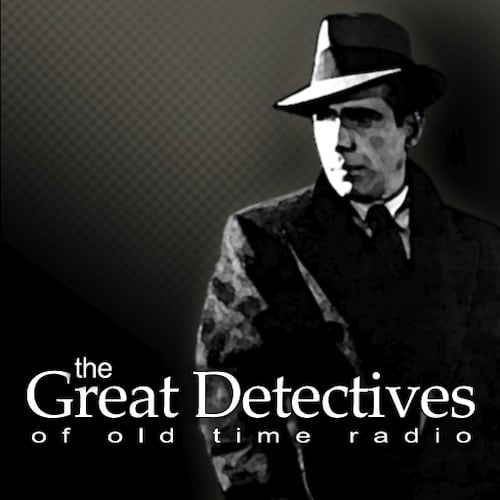This Warner Archives collection features four Noir films of different sorts.
One note on the quality of the set. I ordered this set twice. The first time I watched the first film and it was fine. I waited a few weeks to watch the second and all the remaining disks were bad and I was past the return window. Then the next time, the second and third films played fine but the fourth was unwatchable and I was once again past the return window. Given that this happened with two sets in row, it’d be critical to check all disks before watching. Now onto the films.
Murder My Sweet (1944): This was an adaptation of Raymond Chandler’s novel Farewell, My Lovely. It stars Dick Powell as Philip Marlowe. The film allowed Powell to transition from the light musical comedy roles that defined his early career into the more hardboiled and serious roles that he played for the rest of his career. Powell turns in a superb performance that captures the character perfectly. I don’t think there’s been a better on-screen Marlowe.
Powell’s supporting cast is superb as well. Claire Trevor and Anne Shirley are great as the female leads. Mike Mazurki is superb as the towering thug Moose Malloy. Malloy is terrifying but not entirely unsympathetic. This was the result of some smart changes from the book.
Beyond, the movie has some good camera work and solid incidental music. It’s easily my favorite film in the set.
Out of the Past (1947) stars Robert Mitchum as private investigator Jeff Balley, who has gone into hiding and running a gas station after crossing a sinister client (Kirk Douglas).
Out of the Past has a lot of twists and turns. At first, I thought it might be a story centered on a flashback like The Killers, but there are plenty of past and present activities that really build suspense. Kirk Douglas hadn’t yet become a superstar, but he’s marvelous, providing equal measures of charm and menace. Jane Greer is great as the femme fatale who really drives the action in the film.
Gun Crazy (1950) is about a troubled young man (John Doll) who is a great marksman but afraid of killing anyone. He marries a woman (Peggy Cummins) who’s already killed, someone. while both are working at the circus. Together they spend his life savings on their honeymoon and then she leads him into a life of crime.
The acting was good and there were some really superb moments from a technical standpoint. I had trouble getting into this one because I thought the premise and some of the psychology were a little too contrived. Still, I can see why it’s viewed as a Noir classic. It just wasn’t for me.
The Set-Up (1949) is a boxing film, but different than many others. The focus of most famous boxing films is huge prize fights that go fifteen rounds with the championship of the world at stake. The Set-Up is about pro boxing in a more seedy part of town. The central story is about a three-round fight fought by an over-the-hill boxer (Robert Ryan) with a losing record. His cornermen agree their guy will take a dive for a local gambler without even cutting their boxer in for a cut of the $50 bribe or telling him he’s supposed to take a dive because they’re so sure he’ll lose, but what if he doesn’t?
There’s so much to like about this film. This is one of those films that really works to make its location feel like a real place. There are so many realistic touches to make this feel like a real arena and give the viewer the impression they’re seeing what boxing is like for all the pro-fighters who never quite make the top tier. The acting is realistic and adds to the atmosphere the film’s trying to establish.
While I think all of these films look good., this one may be my favorite from an artistic perspective. One thing the movie really went for was capturing how bloodthirsty fans could be at a match and they really excelled themselves in that.
It’s also the shortest film in the collection (at only 72 minutes) which leads to a very pacey film that doesn’t waste any time in crafting a compelling narrative. While it wasn’t my favorite film in the collection, this may be the best one.
Overall, if you love noir movies from this era, this is well worth getting. Do watch out for discs that don’t work, but other than that this is a collection of superb exemplars of American noir films.
Rating:4 out of 5
This post contains affiliate links, which means that items purchased from these links may result in a commission being paid to the author of this post at no extra cost to the purchaser.
